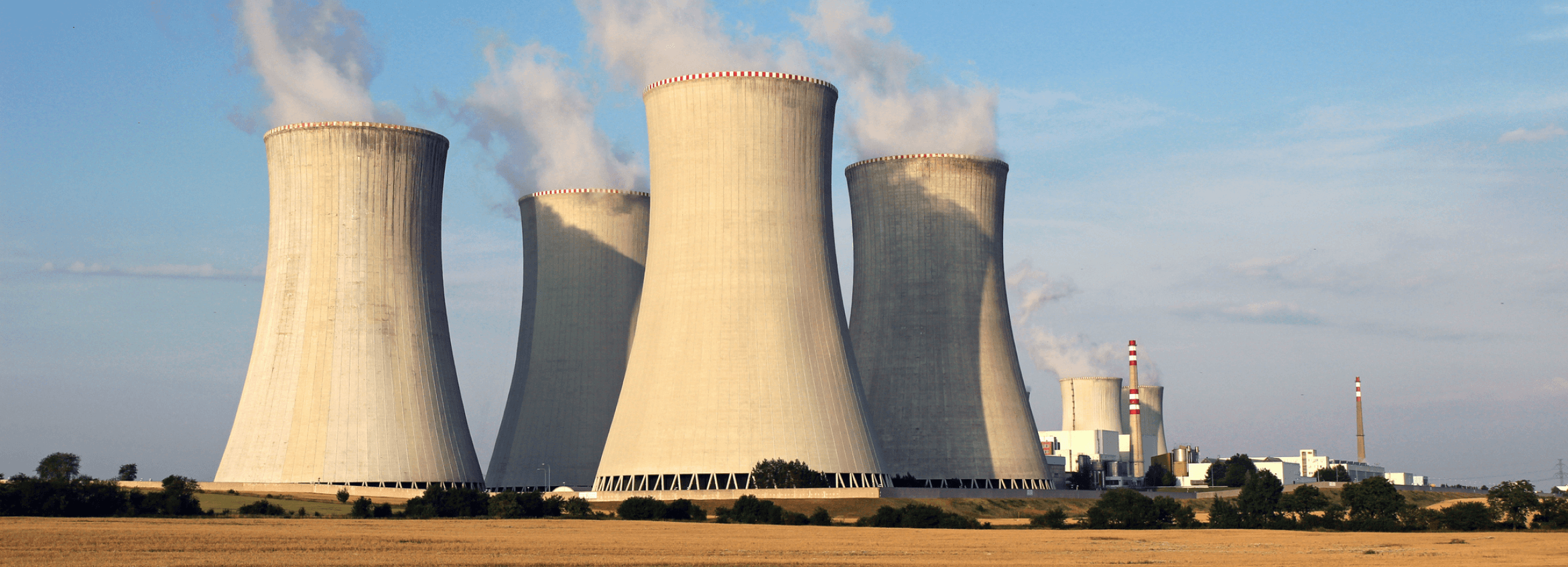Cybersecurity Solutions For Critical Infrastructure

The Risks
Critical infrastructure, including energy, water, transportation, healthcare, and communications is the backbone of modern society. As these vital sectors become increasingly digital and interconnected, they are exposed to escalating cyber threats capable of causing widespread disruption, financial damage, and risks to public safety.
In 2024, ransomware attacks against critical infrastructure sectors increased by 85% highlighting an accelerating threat landscape, according to the U.S. Cybersecurity and Infrastructure Security Agency (CISA). Additionally, the European Union Agency for Cybersecurity (ENISA) reported that critical infrastructure sectors accounted for over 30% of significant cyber incidents in Europe during the past year.
The Challenges Critical Infrastructure Face
Operational Technology (OT) & Legacy Systems Vulnerabilities
Critical infrastructure heavily relies on outdated OT and industrial control systems (ICS), exposing them to cyber threats. In early 2024, CISA reported more than 720 new ICS vulnerabilities, with nearly half lacking available patches.
Energy Sector Risks
Energy infrastructure such as power grids and pipelines continue to be prime targets. Recent disruptions, like those affecting European energy grids, demonstrate the economic and security repercussions of cyber incidents (ENISA, 2024).
Water & Public Safety
Attacks targeting public water systems in multiple regions highlight vulnerabilities stemming from legacy control systems and inadequate cybersecurity defenses, posing direct threats to public health and safety (U.S. Homeland Security Committee, 2024).
Transportation & Interconnected Risks
Cyber threats against transportation infrastructure—including railways, airports, and maritime ports—are increasing, with ENISA reporting that transportation disruptions have immediate cascading effects on economic stability and public safety.
Regulatory & Compliance Complexity
Operators must navigate stringent cybersecurity regulations, such as NIS2 in the EU and TSA directives in the U.S. Non-compliance not only exposes organizations to cyber risks but also significant financial and legal penalties.
How We Secure Critical Infrastructures





Incident Response Retainer
Immediate availability of specialized cybersecurity teams ensures rapid containment and minimal disruption during cyber incidents.

Advanced Threat Detection & Proactive Threat Hunting
Real-time monitoring and proactive threat hunting quickly identify and neutralize threats, preventing disruptions to critical operations.

Comprehensive Risk Assessment & Security Validation
Detailed assessments identify vulnerabilities within IT and OT networks, validating security controls and ensuring regulatory compliance.

Operational Technology (OT) Security
Customized security strategies protect legacy OT and ICS systems, ensuring uninterrupted operation of critical infrastructure.

Regulatory Compliance & Cybersecurity Advisory
Guidance on cybersecurity frameworks and compliance ensures alignment with regulatory mandates (e.g., NIS2, TSA directives), enhancing overall security posture.

THE BENEFITS
Benefits for Critical Infrastructure Operators
Operational Resilience
Maintain critical services and minimize disruptions during cyber incidents
Public Safety Assurance
Protect essential infrastructure and ensure public health and safety
Compliance Simplified
Streamline regulatory adherence, reducing complexity and preventing penalties
Reduced Cyber Risks
Proactively manage threats, significantly lowering the risk of costly security incidents
Clarity Sec’s Cybersecurity Services for Critical Infrastructure
Secure Your Critical Infrastructure Today
Ensure operational continuity, public safety, and resilience against cyber threats.

